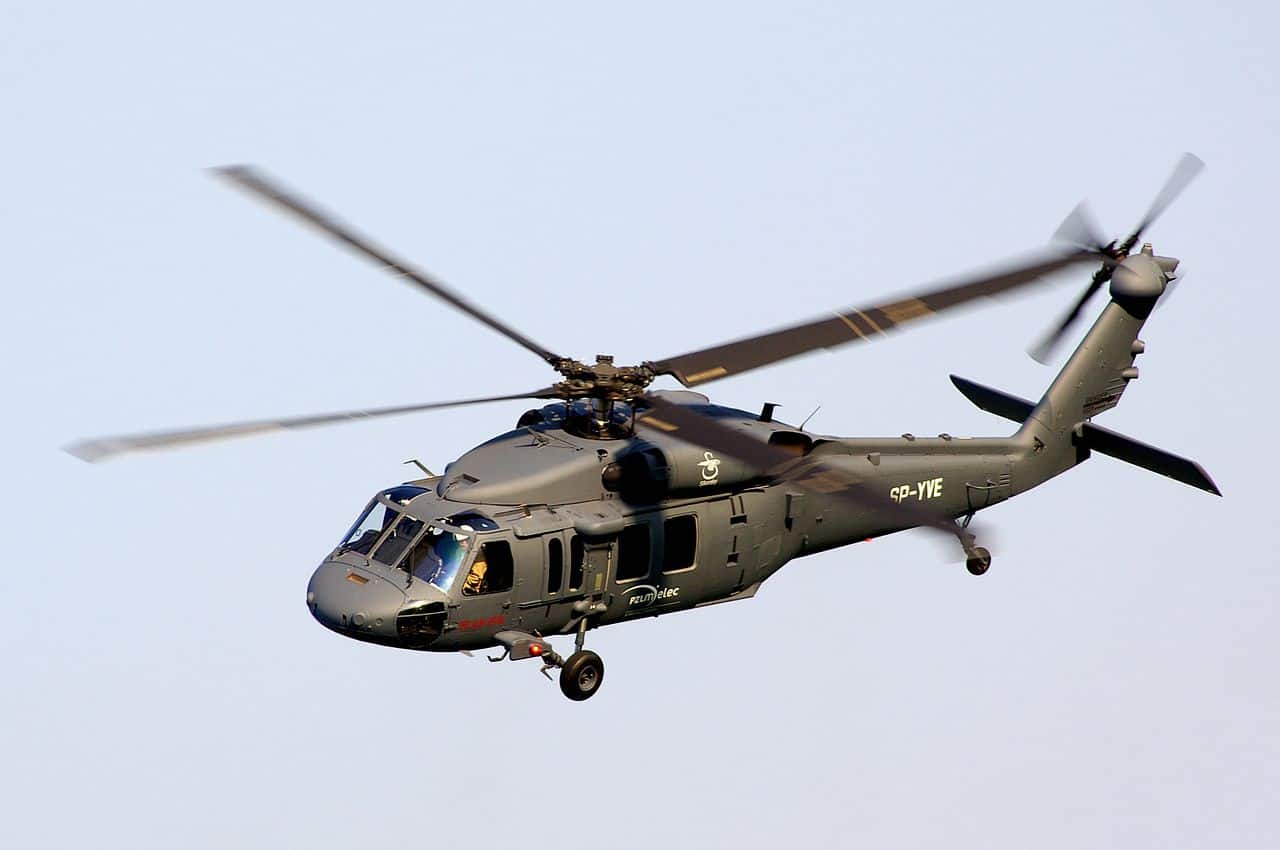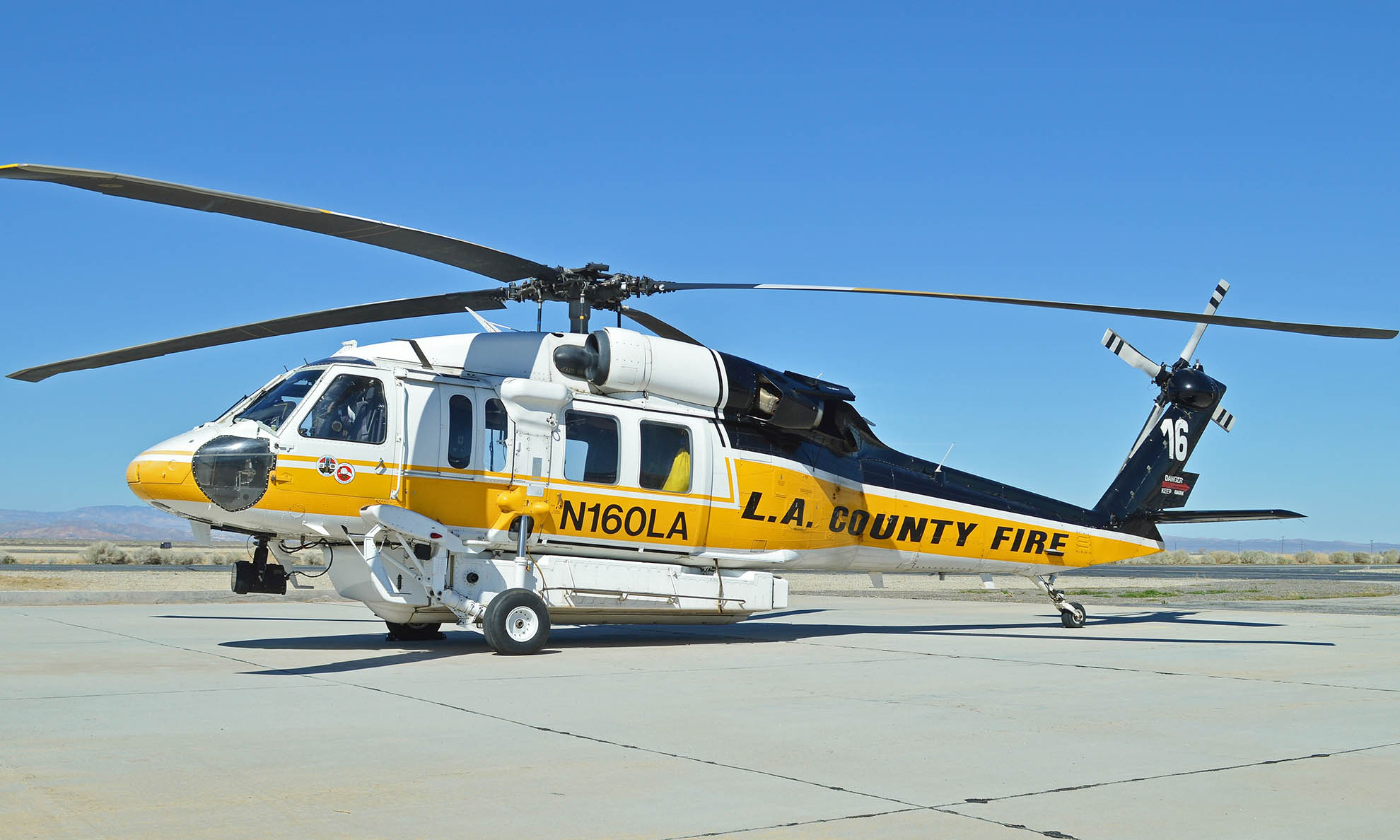A Check out the Sikorsky S 70's Function in Armed forces and Civil Aviation
A Check out the Sikorsky S 70's Function in Armed forces and Civil Aviation
Blog Article
Rotary-Wing Aircraft Offering Superior Longevity and Accuracy Engineering
In the realm of aeronautics, rotary-wing aircraft have actually long been recognized for their distinct capacities in different functional environments. From armed forces missions to private applications, the advancement of rotary-wing innovation has actually led the way for makers that offer unmatched resilience and precision design. Via developments in products and construction methods, paired with sophisticated flight control systems, these airplanes have come to be essential devices for tasks that demand both effectiveness and accuracy. As we explore the elaborate equilibrium in between innovation and reliability in rotary-wing aircraft, it ends up being obvious that the merging of sophisticated technology and proven design principles has actually established a brand-new criterion for performance and effectiveness in the aerospace sector.
Evolution of Rotary-Wing Technology
Throughout the background of air travel, the evolution of rotary-wing modern technology has actually been a testament to continuous innovation and innovation in aeronautical design. From the very early days of vertical trip with basic layouts to the advanced helicopters and other rotary-wing airplane of today, the development in this field has actually been amazing.
In the very early 1900s, pioneers like Igor Sikorsky and Juan de la Cierva made substantial strides in rotary-wing technology. Sikorsky's VS-300 helicopter, initial flown in 1939, marked a turning point in the growth of useful rotary-wing airplane. This success paved the means for further innovations in vertical trip capabilities.

Today, rotary-wing aircraft play crucial functions in numerous fields, consisting of army operations, emergency medical services, police, and business transportation. The development of rotary-wing innovation continues to push the boundaries of what is possible in vertical flight, ensuring that these airplane continue to be indispensable assets in the aeronautics sector.
Products and Building Innovations
Demonstrating a combination of advanced materials and precise building and construction strategies, rotary-wing airplane have actually gone through significant advancements in durability and efficiency. Among the crucial developments in materials used for rotary-wing airplane is the boosting usage of composite materials. These products, such as carbon fiber strengthened polymers, provide a high strength-to-weight proportion, boosting both the structural integrity and total performance of the airplane. In addition, improvements in manufacturing procedures have allowed for even more specific and elaborate construction of rotary-wing parts, contributing to boosted aerodynamics and efficiency.
In addition, the combination of innovative coverings and surface area therapies has played a critical function in boosting the toughness of rotary-wing aircraft. These finishes offer defense versus corrosion, abrasion, and severe climate condition, prolonging the life-span of the airplane and reducing maintenance needs.
In regards to construction developments, additive production, additionally known as 3D printing, has reinvented the manufacturing of facility components for rotary-wing aircraft. This technology enables fast prototyping and modification, leading Resources to faster development cycles and decreased expenses. Generally, the continual advancement of products and construction techniques is driving the capabilities and performance of rotary-wing aircraft to new heights.
Precision Flight Control Systems

The assimilation of GPS innovation further boosts the accuracy and integrity of these systems, enabling for precise navigating, waypoint tracking, and automated trip control. sikorsky s 70. This level of accuracy not only boosts the safety and security of rotary-wing operations yet likewise improves general operational performance and objective effectiveness
Additionally, the continuous advancements in man-made intelligence and artificial intelligence have assisted in the development of self-governing trip abilities within Accuracy Flight Control Solution. This enables rotary-wing aircraft to execute intricate goals with exceptional precision and consistency, making them vital properties in a large range of click over here applications, consisting of military operations, search and rescue objectives, and airborne photography.
Sturdiness in Testing Environments
Sought after operational setups, rotary-wing airplane demonstrate outstanding strength and toughness, making sure optimum performance under difficult ecological problems. These airplanes are developed to stand up to a vast range of environmental aspects, consisting of severe temperature levels, high winds, and rough terrain, making them appropriate for numerous missions in diverse landscapes.
One essential variable adding to the durability of rotary-wing airplane is their sturdy construction. These aircraft are developed making use of top quality materials and advanced design strategies to boost their architectural integrity and integrity. Additionally, elements such as rotor blades, engine systems, and touchdown equipment are diligently designed to withstand the pressures and stress and anxieties run into throughout procedures in tough atmospheres.
Moreover, rotary-wing aircraft are geared up with sophisticated onboard systems that keep track of performance metrics in real-time, allowing for aggressive upkeep and very early discovery of potential issues - sikorsky s 70. This aggressive method helps prevent unanticipated failings and makes sure the continued airworthiness of the aircraft in requiring operational settings. Overall, the durability of rotary-wing aircraft in tough settings is a testament to their superior design and style, making them important assets for numerous mission-critical procedures
Upkeep and Dependability Criteria
The adherence to stringent upkeep and reliability criteria is critical in ensuring the ideal performance and security of rotary-wing airplane. Routine upkeep checks, carried out by qualified specialists, are necessary to recognize and deal with any prospective concerns before they endanger the aircraft's performance. These checks encompass a detailed examination of all important components, consisting of the engine, rotor system, avionics, and hydraulic systems, to ensure that they remain in prime working problem.
In addition, adherence to arranged upkeep intervals according to manufacturer guidelines is crucial for maintaining the airplane's reliability. This positive strategy helps protect against unforeseen failures and guarantees that the aircraft stays airworthy for its desired missions. Furthermore, the execution of robust dependability criteria, such as regular part testing and replacement based on predetermined lifecycles, additionally improves the airplane's stability.
Conclusion

To conclude, the advancements in rotary-wing aircraft technology have caused premium durability and precision engineering. With ingenious products and building and construction strategies, along with precision flight control systems, these aircraft can operate in tough environments with increased reliability. The maintenance and reliability standards ensure that these rotary-wing aircraft remain to do at their finest, making them crucial assets for different markets.
Showing a blend of cutting-edge products and accurate building and construction methods, rotary-wing airplane have actually undertaken substantial innovations in durability and performance. One of the key technologies in products utilized for rotary-wing aircraft is the enhancing usage of composite materials.With thorough focus to detail and advanced technical combination, rotary-wing aircraft have actually welcomed Accuracy Flight Control Solution as a foundation of their operational quality. In general, the sturdiness of rotary-wing aircraft in challenging settings is a testimony to their premium engineering and layout, making them vital properties for various mission-critical procedures.
In conclusion, the improvements in rotary-wing see post airplane technology have actually led to superior toughness and precision engineering.
Report this page